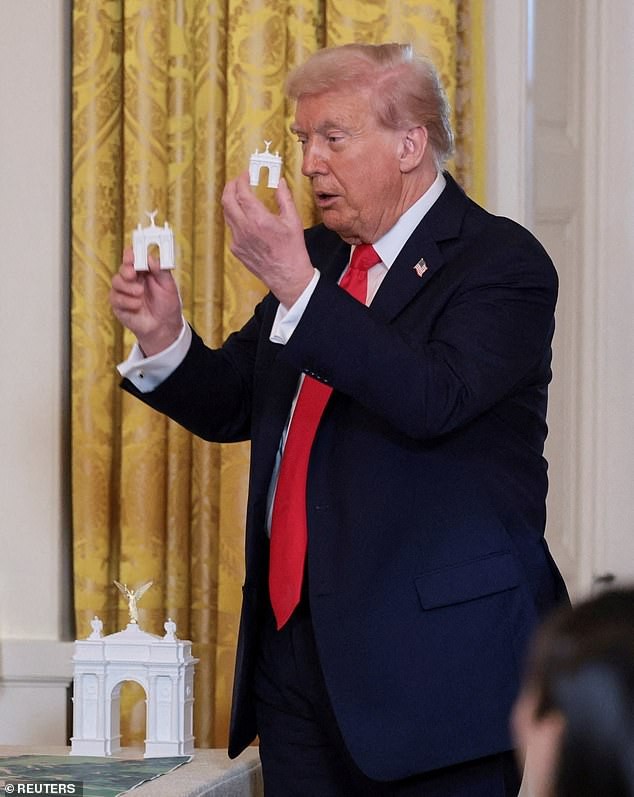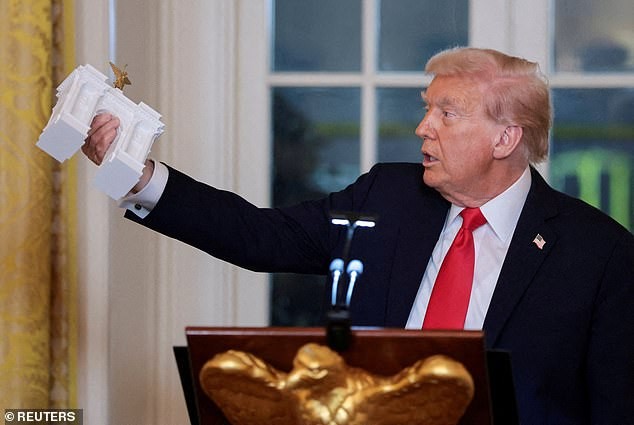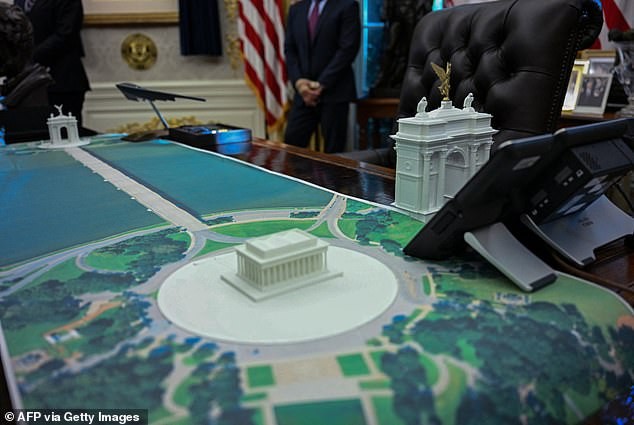Arc de Trump: A 250th Birthday Monument Echoing Paris—and Revisiting a Confederate Past
Donald Trump unveiled a sweeping project to reshape the capital: a grand arch intended to celebrate America’s 250th birthday, nicknamed the Arc de Trump for its striking resemblance to Paris’s Arc de Triomphe. The plan would place the arch opposite the Lincoln Memorial at the entrance to the Arlington Memorial Bridge, a site steeped in Civil War memory. The reveal took place in the East Room in front of donors funding a 90,000‑square‑foot White House ballroom, signaling a spectacle that blends image with politics.

In This Article:
Unveiling in the East Room: The Model, the Location, and the Spectacle
Trump lifted a model of the arch and announced the plan. “That’s Arlington Memorial Bridge,” he said. “And at the end of it, you have a circle that was built 150 years ago. You have two columns on one side, two columns on the other, yet in the middle, just a circle. And everyone in the past had said something was supposed to be built there. But a thing called the Civil War interfered. That’s a good reason.” He noted that a statue of Confederate General Robert E. Lee had been planned for the site more than a century ago. “In 1902, they were going to put a statue of Robert E. Lee up — would have been okay with me,” he explained. The arch’s design was also displayed to billionaire donors in the East Room. Earlier, a reporter observed the 3-D model on the Resolute Desk as reporters were ushered out of the Oval Office; Trump replied, “It’s an arch… It’s going to be built.” When asked for whom, he answered, “For me!”

3-D Models, Oval Office Moments, and a Presidential Ear for Image
Trump also showcased the arch’s design plans on his desk in the Oval Office and demonstrated several 3-D models to his billionaire donors in the East Room. He said, “A lot of people wouldn’t have liked it, would have been okay with me. It would have been okay with a lot of the people in this room, but they didn’t do that.” Since reentering the White House nine months ago, Trump has personally overseen several designer changes to the residence—including the Rose Garden and the Oval Office. He tied his new arch to presidential precedents, noting that presidents before him added major architectural features: “James Monroe who added the South Portico, Andrew Jackson who added the North Portico, Theodore Roosevelt who added the West Wing… and Harry Truman, who added the Truman Balcony.”

Donors, Costs, and the Public Question: What Does It Mean for Memory and Power?
The exact cost of the new arch and who would fund it were not disclosed. Trump told donors that the final product would be completed with “exquisite” taste and could be used for future presidential inaugurations. “I consider myself an important designer because they come in with things that they may be good designers, but the things they can recommend are horrible,” he joked. The gathering included executives and representatives from some of the country’s largest corporations, including Alphabet’s Google, Meta, Amazon, Lockheed Martin, and Palantir. The combination of private money, public space, and monumental design invites questions about memory, power, and how a nation chooses to commemorate its milestones.

What It Means for America’s Memory and the Public Square
As the project unfolds, the arc raises questions about how memory and national identity are shaped by private influence in public spaces. What does this say about presidential image, the politics of ceremonial architecture, and the future of Washington’s most iconic views? The Arc de Trump becomes a flashpoint in a broader conversation about memory, power, and the evolving role of the capital in public life.

